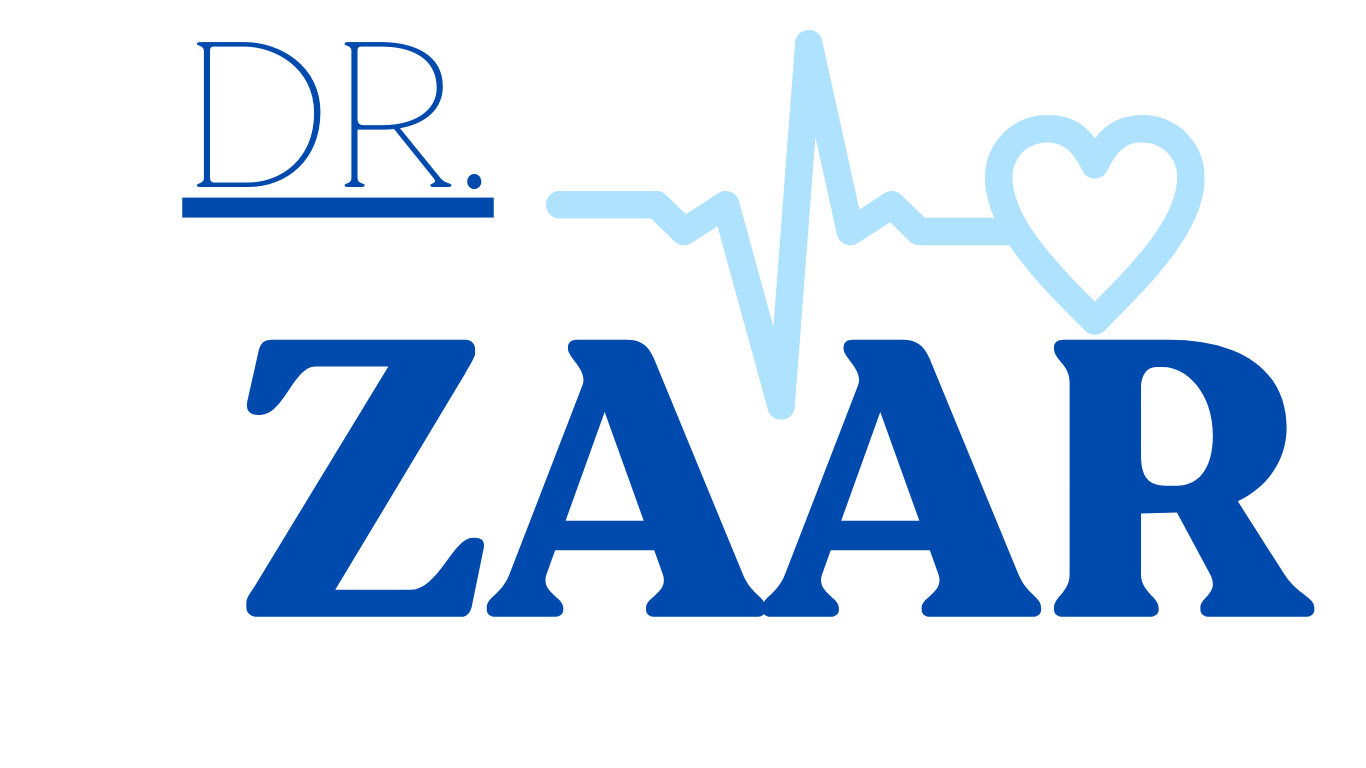“hCG as a Marker for Gestational Trophoblastic Disease: Understanding Hormonal Anomalies”
Introduction:
Gestational Trophoblastic Disease (GTD) represents a group of rare but clinically significant conditions arising from abnormal placental growth during pregnancy. Human Chorionic Gonadotropin (hCG), a hormone produced by placental tissue, serves as a vital marker in the diagnosis and monitoring of GTD. This article delves into the intricate relationship between hCG and GTD, shedding light on the hormonal anomalies associated with these disorders.
I. Gestational Trophoblastic Disease: An Overview:
GTD encompasses a spectrum of conditions, including hydatidiform moles, invasive moles, and choriocarcinomas. These conditions arise from abnormal growth of trophoblastic tissue in the placenta.
II. hCG: The Hormonal Link to Pregnancy:
Human Chorionic Gonadotropin (hCG) is produced by placental trophoblasts and is an integral hormone in pregnancy:
- hCG Production: During pregnancy, hCG levels increase rapidly, serving as an essential hormone for maintaining the corpus luteum and supporting early pregnancy.
III. Diagnostic Role of hCG in GTD:
hCG plays a pivotal role in diagnosing and monitoring GTD:
A. Hydatidiform Moles:
- Abnormal hCG Patterns: Hydatidiform moles often present with unusual hCG patterns, including excessively high levels or plateauing levels, raising suspicion for GTD.
B. Choriocarcinoma:
- Persistently Elevated hCG: Choriocarcinomas typically exhibit persistently elevated or rapidly increasing hCG levels, making it a key marker for diagnosis and monitoring.
IV. Hormonal Anomalies in GTD:
Understanding the hormonal anomalies associated with GTD is crucial:
A. hCG-Producing Tumors:
- Choriocarcinomas: These malignant tumors are composed of trophoblastic tissue and often secrete excessive hCG, leading to hormonal imbalances and clinical symptoms.
V. Clinical Implications:
Recognizing the diagnostic significance of hCG in GTD has several clinical implications:
A. Early Detection: Monitoring hCG levels during pregnancy allows for early detection of abnormal hCG patterns, prompting further evaluation for GTD.
B. Treatment Monitoring: Serial hCG measurements are crucial for assessing treatment response in patients with GTD, guiding therapeutic decisions.
VI. Future Research Directions:
Ongoing research in the field of GTD aims to:
- Elucidate the underlying mechanisms of abnormal hCG production in different GTD subtypes, providing insights into disease pathogenesis.
- Investigate novel treatment strategies targeting the hormonal anomalies associated with GTD, potentially improving patient outcomes.
